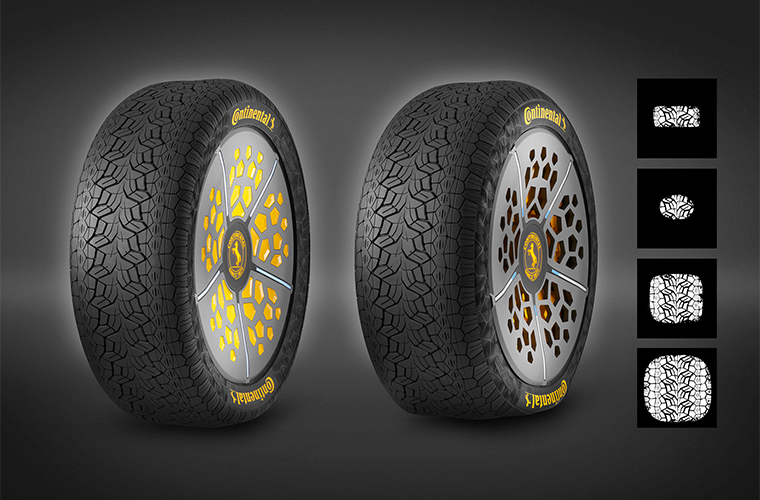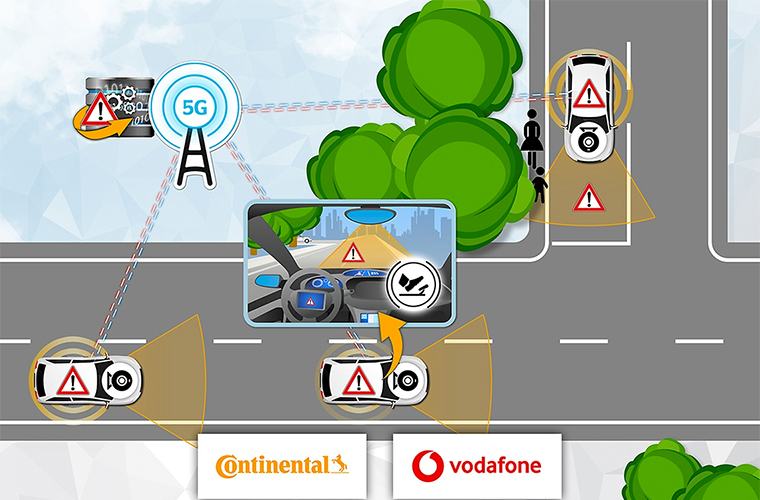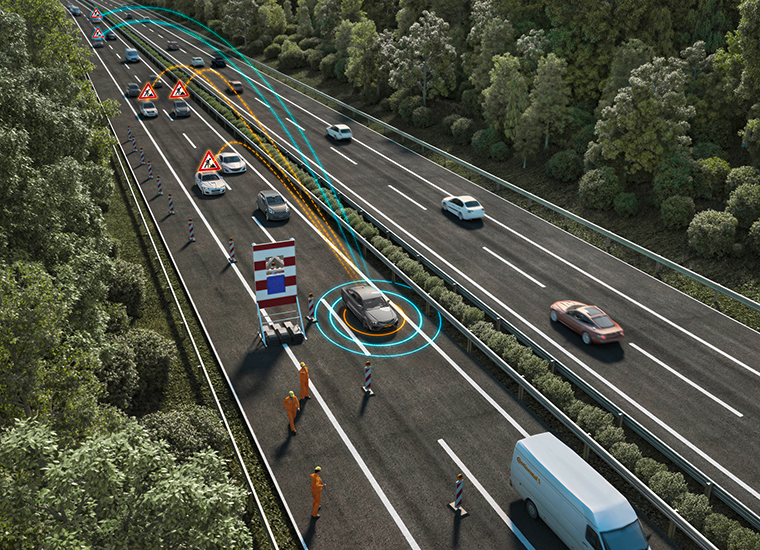If you like motorsport, you’ll already be aware of how vast amounts of data is gathered by the teams before, during and after each race season, and of its value and importance to the teams. At the highest levels of motorsport, such as F1, teams deploy hundreds of sensors in each vehicle to collect as much information as possible about the performance and capabilities of their cars.
Gigabyte after gigabyte of data is transmitted from their racing machine back to them during every lap, with terabytes collected throughout a traditional race weekend. In motoring, if information is power, then data is king.
The innovations that continuously improve and evolve the cars we use in everyday life often have their origins in the data derived from motorsport. While the raceday glamour of the pitlane may seem like a million miles away from real life, the fact is some of it trickles down to us. Motorsport has shown the importance and value of data, and this methodology will feature more an more in our daily driving experience.
At Continental, development is already underway on the data technology of the future. But what should we expect from the next generation of passenger transport? How will we put the data that’s collected to good use?
Data in the current era of motoring
As with motorsport, so too our cars gather data. Most new vehicles on sale today feature data capture technology, such as tyre pressure monitoring systems (TPMS) and satellite navigation. Then there’s the vast array of sensors positioned throughout the modern vehicle. These monitor everything from the car’s powertrain, the internal cabin, the in-built electronic safety assistance equipment – there are even sensors focused on the driver!

And in the not so distant future, the tyres fitted to our cars will generate and share even more data, too. At Continental, they’re already developing their innovative ContiSense technology, which is designed to gather data on tyre tread depth, tyre temperature, and tyre pressures. All are vital for maintaining optimum safety and driver comfort. This is achieved through a clever electrically conductive rubber compound that enables electrical signals to be sent from a sensor in the tyre to a receiver in the car.
The data gathered will help to tweak the vehicle’s performance, or if necessary notify the driver of any potential problems. Who knows, one day the data could be transmitted automatically to Asda Tyres, for us to arrange for a replacement tyre for you…
Thanks to sensors and data, the modern day car knows exactly what the engine is doing, what the internal cabin and external environmental temperatures are, and even if we are getting a little tired behind the wheel. There are even sensors that enable your car to park itself, like those created by Continental for their autonomous self-parking technology. This can be found on many of today’s leading vehicles already.
All of these safety and experience-driven technologies depend on real-time data capture, interpretation and implementation. That requires super fast processing power and connectivity. 5G applications, like those being developed by Continental and Vodafone, should help speed things up. It’ll make streaming movies and music in-car easier, too.

If something in your vehicle isn’t performing at its optimum, the chances are it will know about it long before you do. Indeed, advancements in electronic safety technology mean that in the event of an accident, some vehicles now send data relating to it directly to the emergency services, providing them with a good idea of what to expect when they arrive on the scene.
Gathering the data of the future
With the giant strides being taken in digital connectivity technology, even more data will be collected in the not so distant future. However, data is worthless without the right technology to analyse it, interpret it, and put it to good use. This is why Continental is working on next-generation data gathering and distribution, ensuring that the data collected is of use to all motorists within a digitally connected, ‘shared’ driving experience.
In a few years time – though in some models already – cars will be able to advise us on how to drive more efficiently. They will also be able to tell us of when and where to stop for rests and fuel stops, and (as uptake gathers pace) where to charge our electric vehicles (EVs). And data won’t merely be presented in the traditional mediums of dial or screen; augmented reality will become more prevalent within the automotive sector, with data streamed live to every car’s windscreen or HUD (heads-up display).

Sharing data securely is vital
The sharing of data is a double-edged sword, offering both advantages and disadvantages. Data needs to be protected, and that means vehicles will need to have the appropriate technology to encrypt and protect the information they gather. There’s also the exciting possibility of sharing data between cars, and even the road network infrastructure we drive within. Questions like “Is there a danger or obstacle up ahead?” can now be answered by your car, before you even know to ask. A vehicle already at the scene may be able to share any relevant data with you in real-time, if you’re a little further back on the same stretch of road. That could prove very useful, especially for avoiding traffic congestion. And data collected on site at a hazardous location can be transmitted to the relevant drivers and passengers in the locale, helping to improve safety and awareness.
We’re only at the beginning of the Big Data automotive journey, but already the benefits seem clear. Continental is at the forefront of this technological revolution – just where you’d expect them to be.

